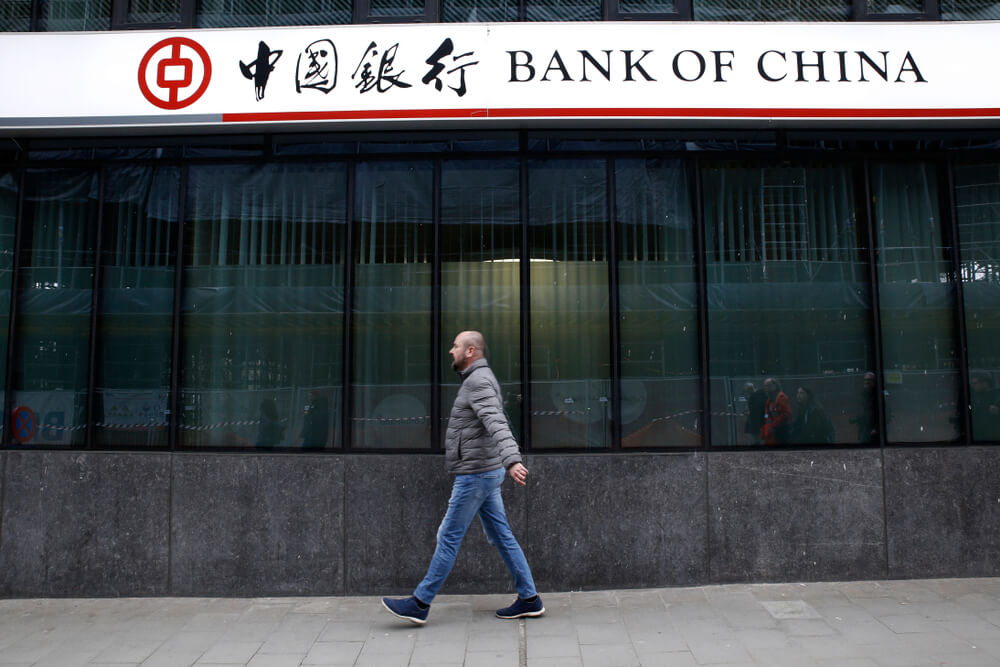When governments borrow on international markets, they do so overwhelmingly in US dollars.
Roughly two-thirds of international debt issuance is denominated in foreign currencies, of which nearly half is in dollars and about 40% is in euros. The rest is spread across other currencies, including the Chinese renminbi.
While borrowing in hard currency is especially important for developing countries, many advanced economies also benefit from tapping deeper, more liquid markets and a broader pool of investors.
Thus, in the aftermath of the 2008 global financial crisis, when US interest rates hovered near zero, dollar-denominated borrowing was particularly attractive, despite the risk that cheap money could encourage overborrowing and excessive leverage.
By contrast, US firms and the federal government have long had the privilege of borrowing abroad almost exclusively in their own currency, insulating them from exchange-rate risk.
But now that US policy interest rates are in the 4.25-4.5% range, borrowing in dollars is relatively less appealing than it once was.
Add to this the growing perception of the dollar serving as a geopolitical lever in an increasingly fractured world economy, and it is no surprise that some developing countries are experimenting with alternatives.
With China’s benchmark policy rate set at around 1.4%, renminbi-denominated debt offers better terms, leading highly indebted countries like Kenya and Sri Lanka to turn to renminbi-denominated loans to ease their debt-service burdens.
Dollar is not yet under serious threat
Still, this shift remains marginal. In the first quarter of 2025, only about 1% of international debt issuance was denominated in renminbi, up from 0.5% a decade ago. Clearly, the dollar is not yet under serious threat.
For China, though, the stakes of dollar dominance are high. As the world’s largest bilateral creditor and the single largest official source of international development finance, it has extended an estimated $1.5 trillion in overseas loans.
While other creditors such as Singapore also lend in US dollars, the sheer scale of China’s dollar lending is unprecedented.
China conducts at least half its trade in dollars, rather than in its own currency
True, much of China’s dollar lending reflects its vast dollar reserves, accumulated through years of current-account surpluses, as well as the renminbi’s limited international usage and liquidity.
China conducts at least half its trade in dollars, rather than in its own currency – quite an anomaly for the world’s second-largest economy and leading exporter.
But such large-scale dollar-denominated trading and lending is burdensome for China.
Most of China’s lending goes to developing countries
When lending in dollars, China needs to ensure that the returns at least match those on comparable dollar assets, like US Treasuries, while also mitigating currency/transfer, credit, market, and compliance risks.
Moreover, borrowers face their own difficulties, since repaying in a foreign currency requires securing dollars, regardless of whether their export earnings are in dollars. If their access to foreign exchange dwindles, default risk increases.
To manage such risks, Chinese lenders, particularly state-owned banks, usually impose collateral requirements, non-concessional interest rates, shorter maturities, management fees, guarantees, and credit insurance policies.
Most of China’s lending goes to developing countries, including financially fragile states
Borrowers also bear additional costs linked to the renminbi’s limited international liquidity, though these costs are often offset when China offers more favorable interest rates.
Crucially, most of China’s lending – from the official sector and other organizations – goes to developing countries, including financially fragile states that together owe approximately 80% of the outstanding debt China holds.
For these countries, contractual loan conditions and currency choices directly affect debt sustainability.
Their decision to borrow in renminbi, rather than in dollars, is therefore less about challenging the greenback’s global dominance and more about navigating the trade-off between reducing borrowing costs in the short term and managing long-term repayment risks.
The gradual internationalization of the renminbi
This dynamic recalls earlier episodes of shifts in global finance. Just as the dollar gradually displaced sterling’s global dominance, the renminbi’s incremental rise reflects both changing economic conditions and growing geopolitical ambitions.
But unlike past transitions, this one is unfolding in a more fragmented global economy, where borrowers’ vulnerabilities are front and center.
 The renminbi’s incremental rise reflects both changing economic conditions and growing geopolitical ambitions
The renminbi’s incremental rise reflects both changing economic conditions and growing geopolitical ambitions
As the renminbi’s role in global finance continues to expand – even if at the desultory pace set by Chinese policymakers – its use in development lending will almost inevitably increase.
This shift will reflect both economic pragmatism and China’s ambition to consolidate its role as a central player in development finance.
The question, then, is whether the gradual internationalization of the renminbi can reconcile China’s strategic objectives with the urgent need for sustainable finance in the developing world.
This intersection between development finance and the emergence of a new global currency could shape the future of the international monetary system, even if the dollar is not dethroned.
Paola Subacchi is Professor and Chair in Sovereign Debt and Finance at Sciences Po.